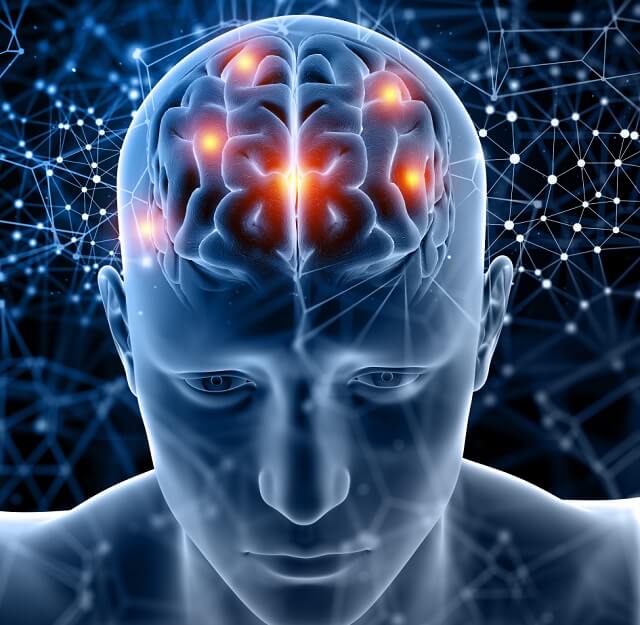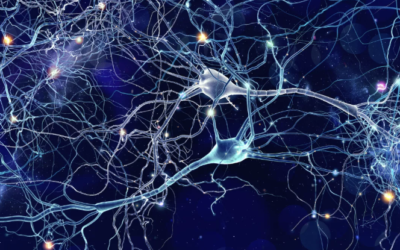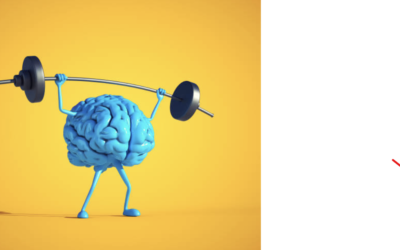What to Expect With Neurofeedback
Among the therapies for supporting addiction recovery is one called neurofeedback. This treatment is completely safe and non-invasive. Moreover, it doesn’t require the client to take medications or supplements for it to work.
But the term “neurofeedback” may sound a little mysterious. What exactly does it mean? What can you expect with neurofeedback therapy sessions in terms of treatment and results?
No need to wonder any longer! We’ve got the answers you seek in the rest of this article.
What is Neurofeedback?
Neurofeedback teaches participants self-control of brain activities by detecting brain waves and delivering feedback. When we provide feedback to our brain, we are providing it with a mirror of its own function and inviting the brain to create more desirable neural pathways.
One key to overcoming addiction lies in these neural pathways, which can form in the brain when you repeat a behavior over and over. The neurons in your brain become used to traveling down this pathway, so when you try to change your behavior – say, to break your addiction – it’s that much harder. You’re basically fighting against your own brain.
By detecting your brain waves, we can find patterns that may indicate that an old addiction or compulsive behavior is still present in your brain. After that, we use neurofeedback to teach you how to make new pathways that are healthy and beneficial.
In this way, neurofeedback can help clients overcome their addictive behaviors scientifically, without the use of drugs or other invasive treatment methods.
What to Expect With Neurofeedback Sessions
Here’s what to expect during your neurofeedback treatment plan with Sober Brains.
First QEEG Brain Map
The process of neurofeedback therapy begins with getting an accurate picture of your brain and its current brain wave patterns. This picture is called a quantitative electroencephalogram (QEEG), or, as we prefer to name it, a brain map.
To obtain this brain map, we attach sensors to your scalp that are connected to a computer. These sensors measure the electrical activity in your brain, which appears on a screen in the form of brain waves.
The activity we receive from your brain helps us identify the neural pathways that are associated with your addictive behavior.
After the QEEG, we move right along into neurofeedback sessions.
Training Your Brain
During your regular neurofeedback session, you will meet with a licensed practitioner who will once again attach sensors to your scalp that connect back to a computer. You’ll be instructed to watch a video on a screen or listen to audio. This is the method that we use to provide neurofeedback to your brain to chart new neural pathways.
Once you are comfortable, and within 3 sessions, you will learn to attach the sensors yourself to begin your home training journey.
While you’re watching the video or listening to the audio, the computer monitors your brain. If your brain activity shows signs of drifting back into the neural pathway where your addictive or compulsive behavior lives, the video or audio will stop or grow dim. In response to this feedback, your brain waves will quickly adapt and move away from the destructive pathway. When they do, the video or the audio returns to normal and you can continue to enjoy it as you were doing before.
Thus, with the help of the practitioner, you learn how to reward your brain for better behavior. Eventually, you’ll no longer automatically reach for the addiction you used to struggle with.
Second QEEG Brain Map
At Sober Brains, clients typically experience 40 feedback sessions. At session 20, we’ll run another QEEG brain map to see how you’re progressing, and also to see if we need to adjust your future sessions in any way.
Text Message Check-Ins
After each session, you’ll text Sober Brains, we will review the results and provide any feedback, suggestions, and a little motivation for the next session. We know how difficult it can be to receive so much information and do so much brain work at one time. That’s why we prefer texting.
Weekly Check-In Calls
Our goal is to ensure your long-term success, but we know that can’t be done without support. To help you progress and stay on track during your neurofeedback journey, we will set up weekly phone calls with you to check in and offer guidance and encouragement.
Neurofeedback as a therapy is not just a one and done experience. Like anything worth your while, it involves a long process, which is why at Sober Brains, our clients generally go through 40 sessions. So, if you go through one or two sessions and don’t feel much of a difference, don’t let this get you down. You’ve only just begun your journey toward recovery from your addiction.
What Results To Expect From Neurofeedback
After you complete the number of sessions that are recommended to treat your condition, your brain should have developed entirely new neural pathways!
This means the neurons in your brain will no longer automatically travel down the old pathways, the ones where your addictive and compulsive behaviors and patterns of thinking lived. Instead, you’ll have more power and control over your thoughts and behaviors and the direction they go in.
Don’t get us wrong, this still requires action on your part. Think of it like an internal realization of how you should proceed in life, and this still requires an action or step forward from you.
How Do I Get Started with Neurofeedback?
Are you ready to support your journey toward addiction recovery? If so, join our waitlist so you can experience the transformative power of neurofeedback with Sober Brains.





0 Comments